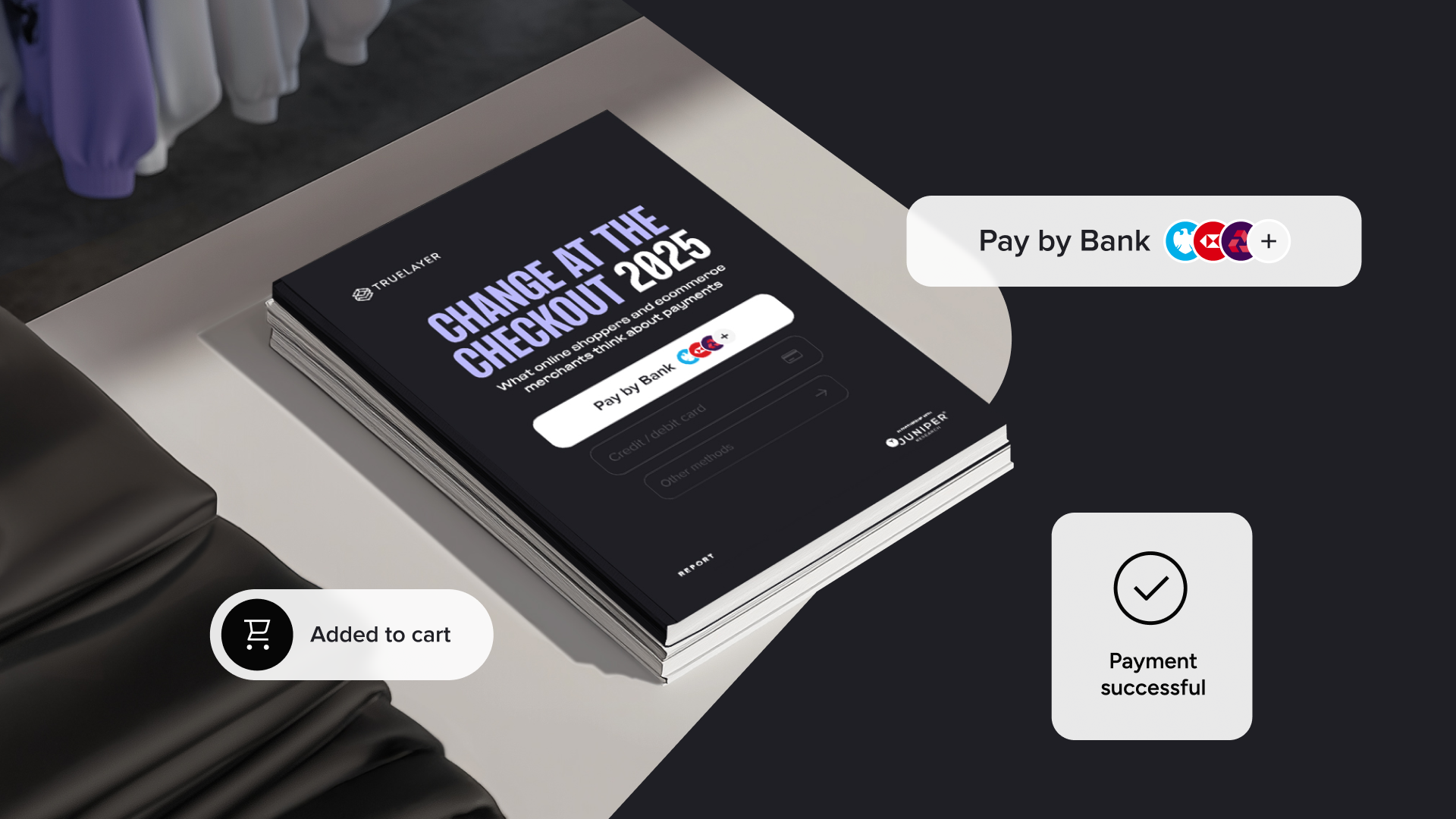Merchants across industries as broad as iGaming, financial services and ecommerce already know the potential benefits of adding a Pay by bank payment method at their checkout. As with all new technologies, there is a dance between consumers and merchant adoption.
Pay by bank brings merchants instant payments and payouts, lower fraud and chargebacks and lowers costs. Plus, merchants can regain control over their UX at checkout and change how they incentivise their customers through loyalty programmes or discounts.
Merchants want the benefits of open banking, but need to reach the tipping point on consumer adoption to fully reap those rewards.
So, who does drive the adoption of open banking as a payment method: the merchants or the consumers?
We asked payment experts to share their thoughts.
It's up to the merchants
Adam Vissing, VP of Sales at IXO Payments, has a quick and straightforward answer:
“I believe that open banking providers such as TrueLayer have done a lot of work over the last couple of years to provide the connectivity and the user experience that is needed to make this a viable payment method.
“Now the ball is firmly in the court of the merchants to start offering this payment method to explain the benefits to their clients and reap the benefits for themselves.”
“Now the ball is firmly in the court of the merchants
Adam Vissing, VP of Sales at IXO Payments
Lyndsay Skehan, Associate Principal Business Analyst at JustEat Takeaway, focuses on availability of new technologies alongside consumer education:
“Consumers can't use innovative products that aren't available from merchants they shop with. If merchants choose to offer great products on the market, the adoption is only going to increase through consumer education.”
Consumer awareness of open banking as a payment method is still building. Silvia Mensdorff-Pouilly, SVP of Business Development at Worldpay, thinks great marketing will be key to unlocking adoption:
“Calling something open banking doesn't mean a lot to people. If you put a really evocative marketing around open banking that then locks it into a very usable use case, that's when you're going to start getting adoption.”
Education is key
Another expert keen on consumer education is Neil Hawkeye, Chairman of the MRC Fraud Committee/Community and Global Head of Corporate Governance and Compliance at EPOCH:
“Education is key. Consumers need to be educated. They need to know what a payment type is and how it's going to work.
“To put something on them without backing it up is rather difficult. Think of chip and pin - we had to educate people how chip and pin was going to work and about pin security.”
There are use cases when consumer adoption exploded due to necessity and prioritisation by the merchant. Nadja Bennet, Strategic Accounts Director at TrueLayer, highlighted the famous “TFL moment” in London in 2012, where contactless adoption massively increased as travellers were given the opportunity to tap and pay across the Transport for London network.
“iDeal would never would have never gotten to the adoption rate it has now, had it not been for merchants putting it in the checkout
Nadja Bennet, Strategic Accounts Director at TrueLayer
This kind of merchant prioritisation was also highlighted by Currence CEO, the company behind iDeal, at the Merchant Payment Ecosystem in Berlin in 2023, which Nadja attended.
“[Daniel van Delft] was on stage talking about pay by bank and open banking in general. He highlighted the fact that iDeal, as a dominant payment method in the Netherlands, never would have never gotten to the adoption rate it has now had it not been for merchants putting it in the checkout before it was even a thing.”
Adoption can happen through an explosive “TFL moment” like contactless or through consumer education like chip and pin.
Open banking adoption is growing in the UK and across Europe, driven by both merchants placing it at checkout and the consumers who want instant payments and payouts.

3 tipping points for change within ecommerce payment experiences

How to reduce ecommerce cart abandonment

)

)

)

)
)
)